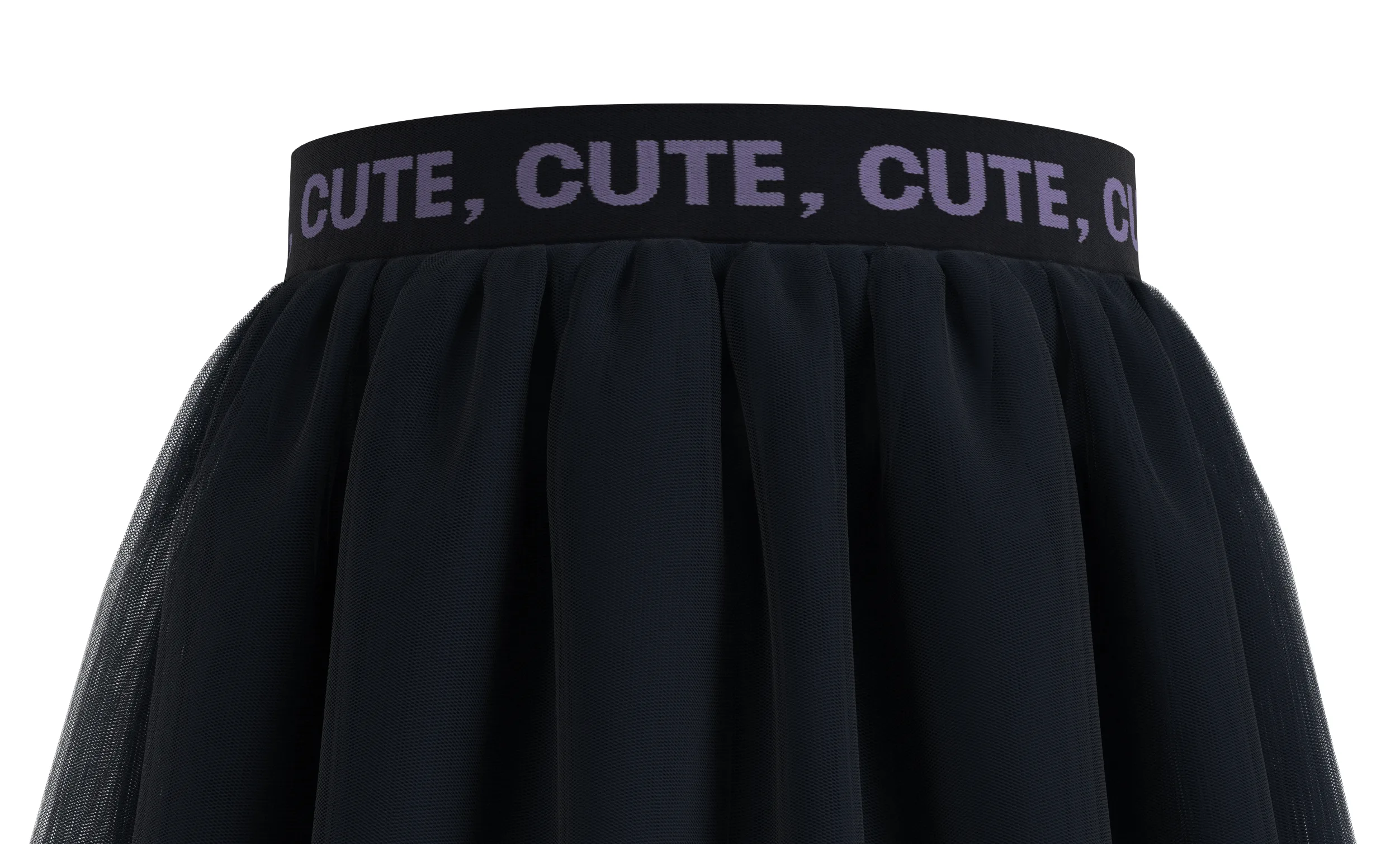Ms. Rieke Schneider, Head of Competence Center 2D/3D S.OLIVER GROUP, in an interview with Renate Eder, CCO Vizoo GmbH

Company Profile
Industry: Fashion
Revenue: 914,3 Million (2021)
Employees: 7K+
Location: Germany
Vizoo Client Since: 2017

Company Profile
Industry: Fashion
Revenue: 914,3 Million (2021)
Employees: 7K+
Location: Germany
Vizoo Client Since: 2017
Rottendorf, Germany, July 2023
Renate Eder, CCO from Vizoo had the pleasure to talk to Ms. Rieke Schneider, Head of Competence Center 2D/3D S.OLIVER GROUP, about their digitization journey.
Renate: The German fashion company S.OLIVER GROUP was an early adopter of the innovative topic of 3D product development and thus also became one of Vizoo’s first customers in the fashion industry. Rieke, why did you decide to use xTex technology back then?
Rieke: After initial 3D pilot projects, we decided to set up an operational 3D department in 2017 and invested immediately in an xTex A4 scanner.
It was obvious to us that qualitatively captured materials make a significant difference for the 3D process. I even remember the very first product demonstration by Vizoo, where I was very impressed by the realistic representation of a leather.
Today – 5 years later – we scan almost every material and trim.
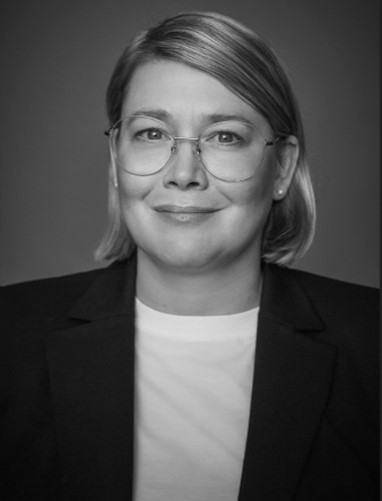
Photo: Rieke Schneider
Why are good materials so important for your 3D applications?
Before we got the xTex scanner, the most common feedback in 3D was that the material was hard to see. Especially in design, the attention is on the material, so the quality of the representation is crucial.
The same applies to B2B sales. We successfully used the first 3D styles in the digital ordering system back in 2017. Since then, the number has been steadily increasing. There is a lot of positive feedback, especially for the detailed representation of the structure.
3D also helps with the final decision for the fabric used. Whereas with classic prototypes, you can only see how the fabric will look when the garment is worn, we can visualize this immediately with the technologies we use.
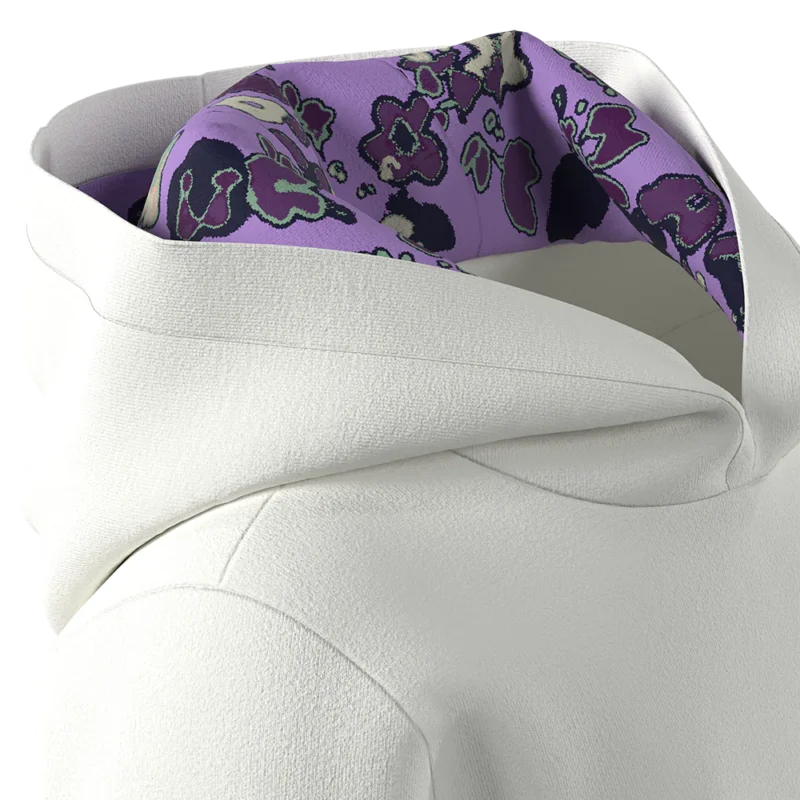
Let’s talk about 3D product development in general: In the German fashion world, you are among the pioneers as far as the introduction of 3D is concerned. How do you rate the topic in general, and were there any obstacles worth mentioning in the process?
At the S.OLIVER GROUP, 3D supports the creative process significantly. If our designers develop digitally, they can develop different variants more quickly and then directly create the “WorkSheet” based on which an article goes into production.
As a result, we not only work faster but also more sustainably as we reduce patterns.
The introduction of 3D product development is very complex, and everyone must work together. Processes have to be set up, and, above all, many people must be trained. This requires a high degree of willingness to change throughout the team and the company. We were able to work with the full support of the management right from the start and push the issue forward with many motivated colleagues.
Back to the topic of material digitization. How do you organize your scanning process?
The xTex scanning technology is installed in our 2D/3D Competence Center, where we scan fabrics centrally. We use an xTex scanner plus six xTex software floating licenses to avoid any delays. This creates a material library in our PLM system.
And which material types are scanned predominantly?
Since we are using 3D product development across all segments and product groups, we scan almost all the materials and trims that we use.
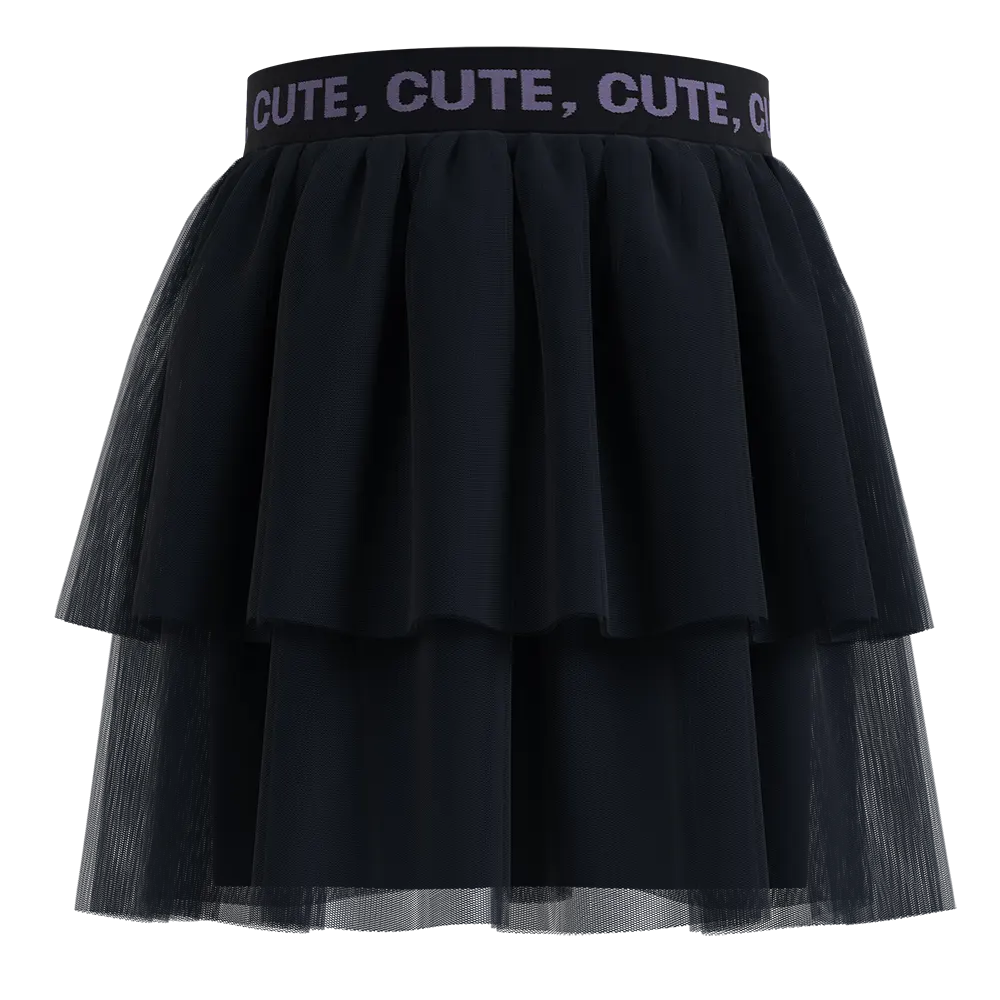
What is the future of 3D at the S.OLIVER GROUP?
Our goal is to continuously increase the share of 3D developments and to go through the process end-to-end: from the first idea to the sale of the articles in the online store. Currently, we are working intensively on the topic of 3D avatars.
This case study interview is a joint collaboration between Vizoo and s.Oliver Group – July 2023
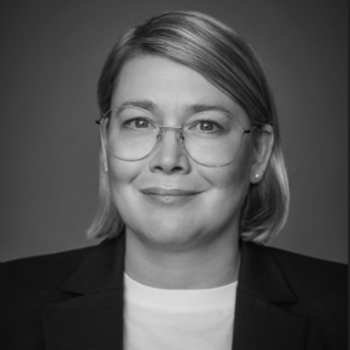
About Rieke Schneider
Rieke graduated in clothing technology at the University of Applied Sciences Niederrhein, Mönchengladbach. In 2006 she joined the S.OLIVER GROUP. Rieke started to work with 3D in 2010, and since 2020 she has been the head of the 2D/3D Competence Center.
Ready to Digitize Your Business?
Request a live demo, share your 3D project needs, or ask questions about our capabilities.
Get in Touch